Rare hammerhead shark nursery discovered in the Galapagos
Biologists uncovered a secret hammerhead shark nursery in the Galapagos.
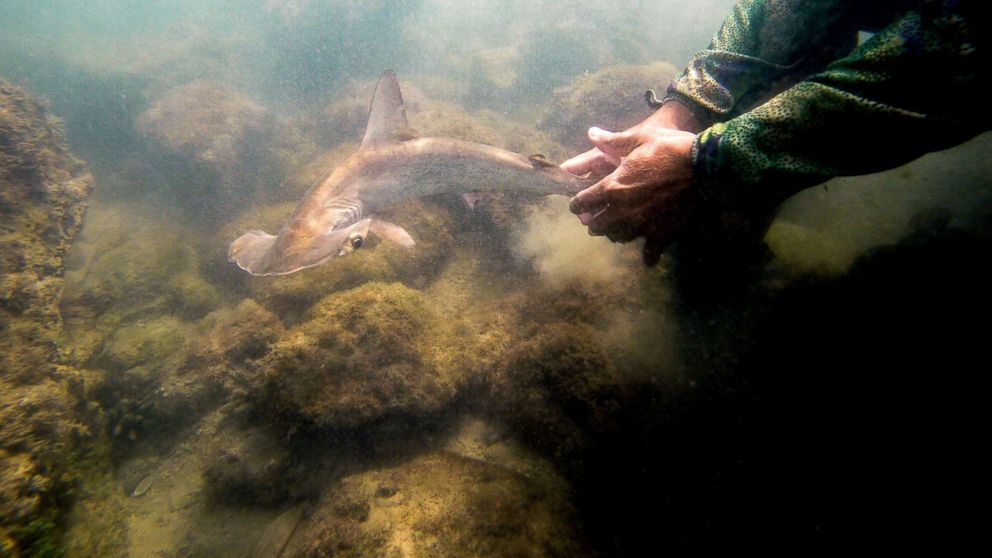
— -- Biologists believe they have uncovered a secret hammerhead shark nursery tucked in the remote archipelago of the Galapagos Islands, some 600 miles off South America's coast.
The idyllic conditions around this province of Ecuador, made famous back in the 1800s when Charles Darwin formed his signature theory of evolution, shield the endangered species of shark from prey and indiscriminate fishing nets.
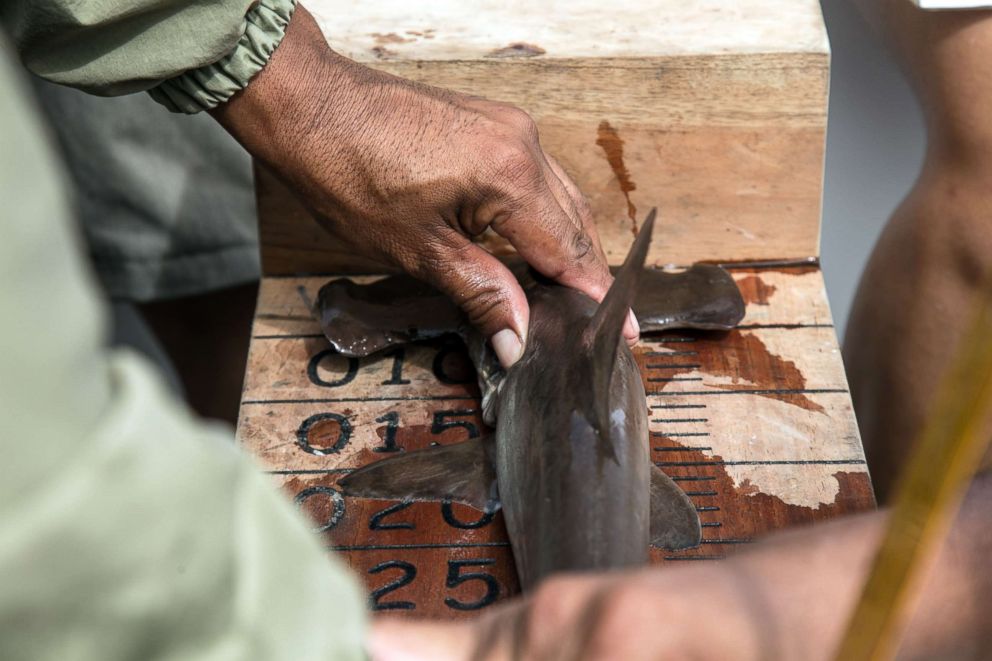
The revelation came about in November when a chance excursion to a northeastern spot on the island of Santa Cruz, filled with mangrove swamps, reefs and rocky pools, offered scientists a chance to peek at the T-shaped sharks breeding and thriving away.
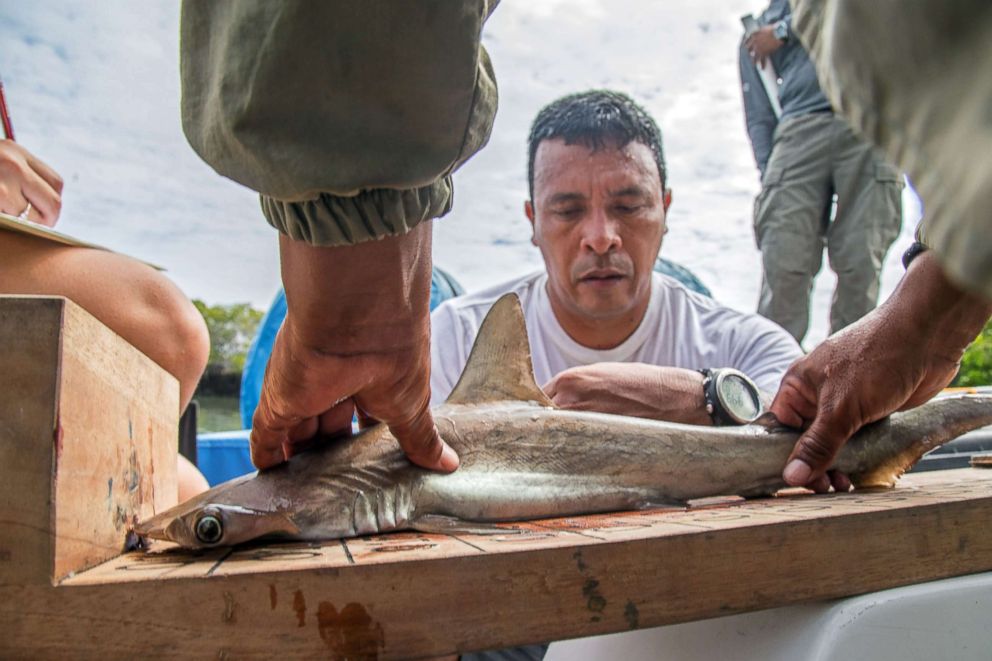
"It was quite by chance that we found this natural nursery for baby hammerheads, a species that is under a high level of threat," Eduardo Espinoza, a Galapagos National Park biologist who monitors ecosystems, told AFP. "It is a unique area, of great interest to conservationists."
Since the find, Espinoza and other scientists and park rangers have been tagging the young shark pups with electronic tracking chips so that they can keep tabs on their habits and lifecycles, which can last as long as half a century.
"These studies, sometimes using satellite tracking, alert us to where these sharks are being caught when they leave the marine reserve, and allow us to notify other countries so they can help us protect them," Jose Marin, a biologist at the Charles Darwin Foundation, an international scientific research organization, told the AFP.
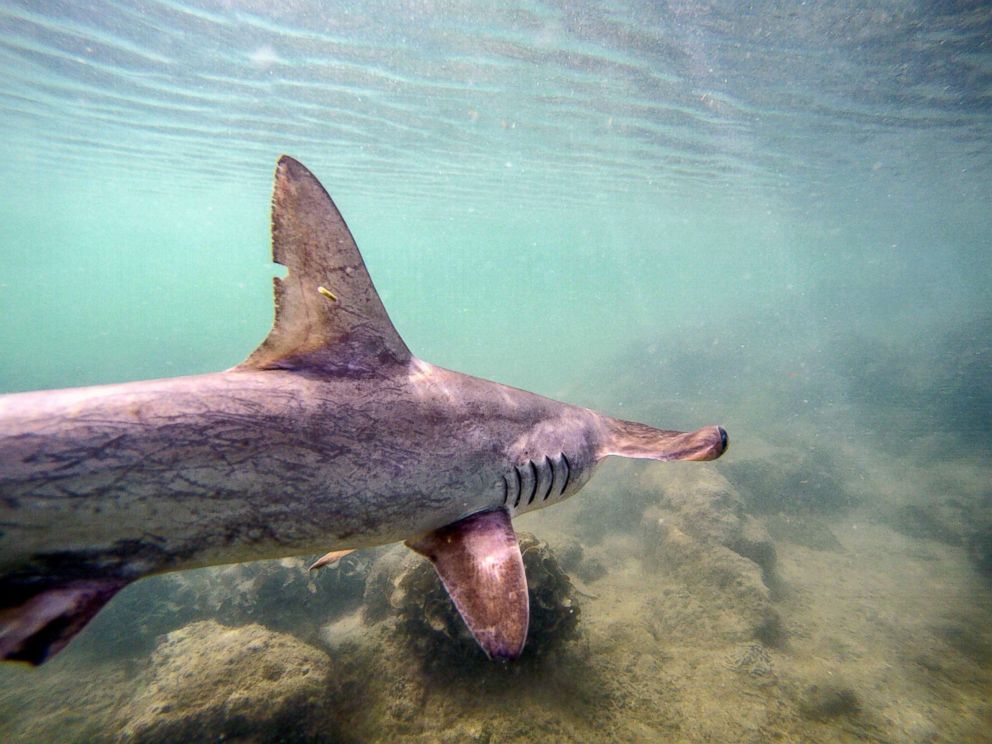
The species has been endangered for decades due to what experts say is overfishing. Hammerheads have a "high fin ray count" and are in high demand in Asian countries where they are considered exquisite delicacies.
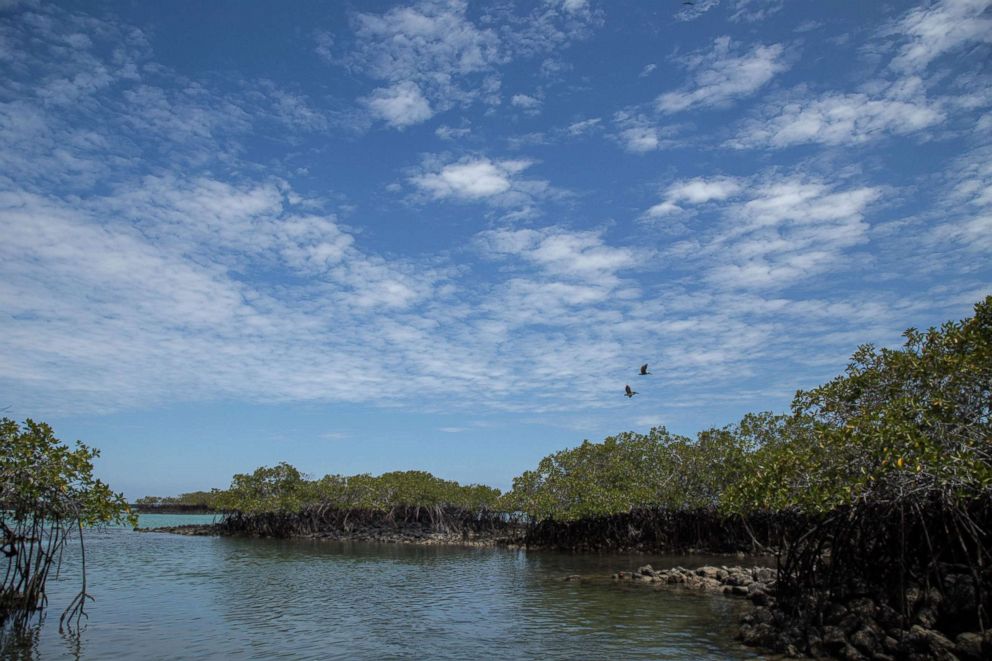
"Given the major declines reported in many areas of this species' range, increased targeting for its high-value fins, low resilience to exploitation and largely unregulated, continuing fishing pressure from both inshore and offshore fisheries, this species is assessed as Endangered globally," according to the International Union for Conservation of Nature.
Even before the natural haven discovery, there had been a concerted effort to protect the hammerheads and help other shark species live free from threats. In 2016, the government of Ecuador took steps to formally ban fishing in the Darwin and Wolf islands, imposing steep fees and punishments whenever environmental crimes occur.




